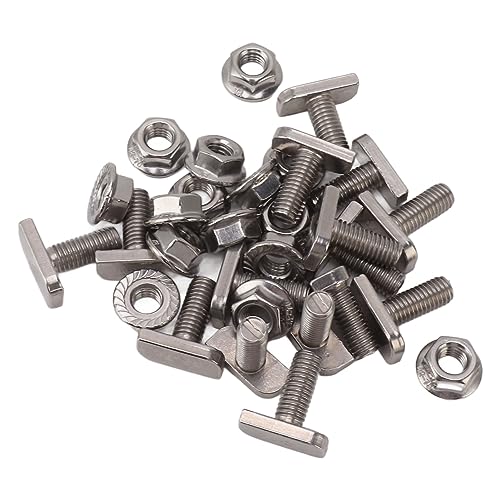gselectrical
Well-known member
- Joined
- Oct 13, 2009
- Messages
- 627
- Reaction score
- 0
Evening all.
Did a job today involving running a sub main supply to an outbuilding at a tourist centre. Earthing arangements at the main switch room where TNC-S. Therefore earth not exported and a 1200mm earth rod was installed.
The Earth loop reading I got at the DB was 694ohms. What would be the best way to reduce this to below 200ohms?
The ground is mainly slate below for a fair few meters.
Cheers. J
Did a job today involving running a sub main supply to an outbuilding at a tourist centre. Earthing arangements at the main switch room where TNC-S. Therefore earth not exported and a 1200mm earth rod was installed.
The Earth loop reading I got at the DB was 694ohms. What would be the best way to reduce this to below 200ohms?
The ground is mainly slate below for a fair few meters.
Cheers. J































































